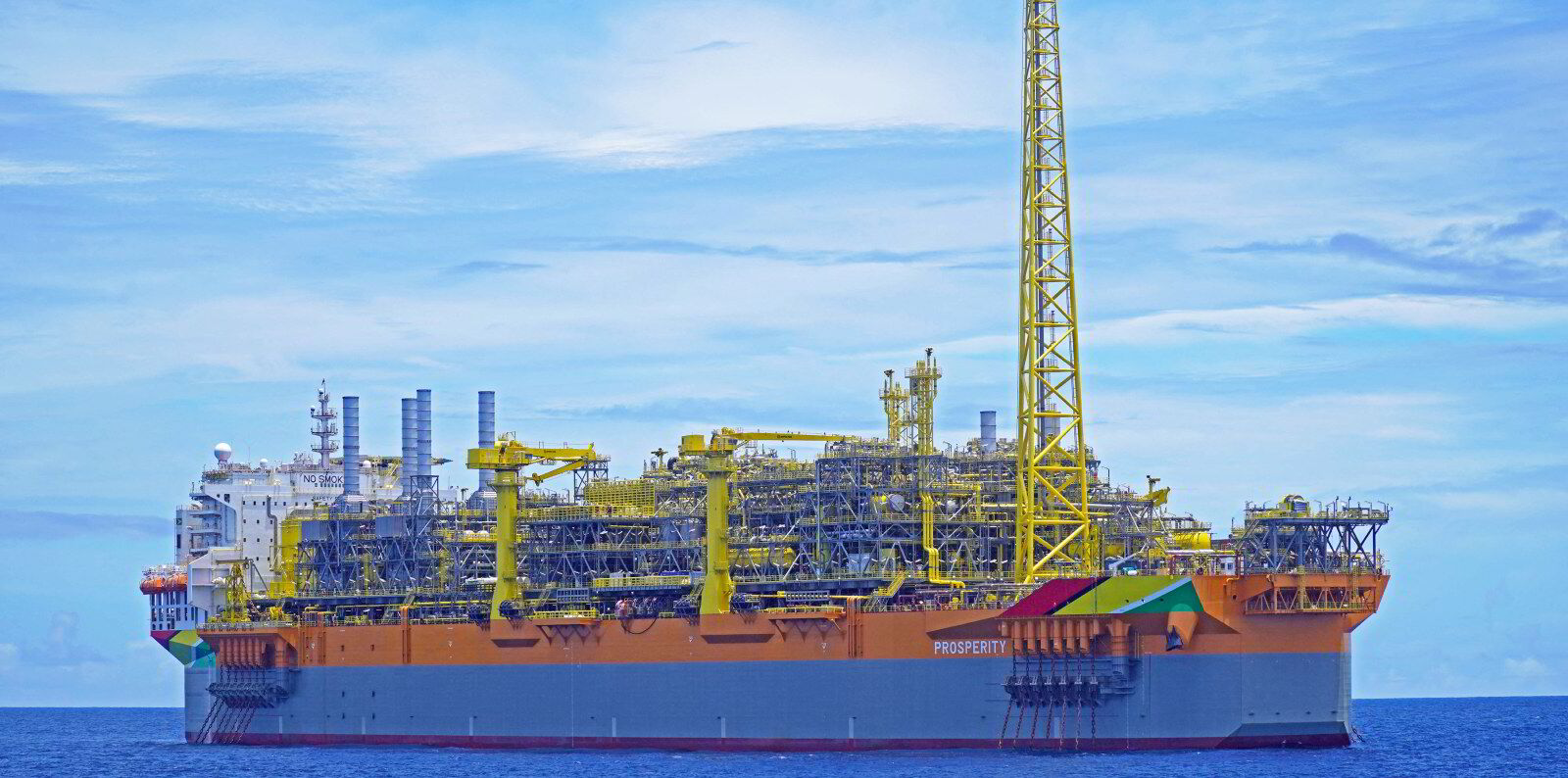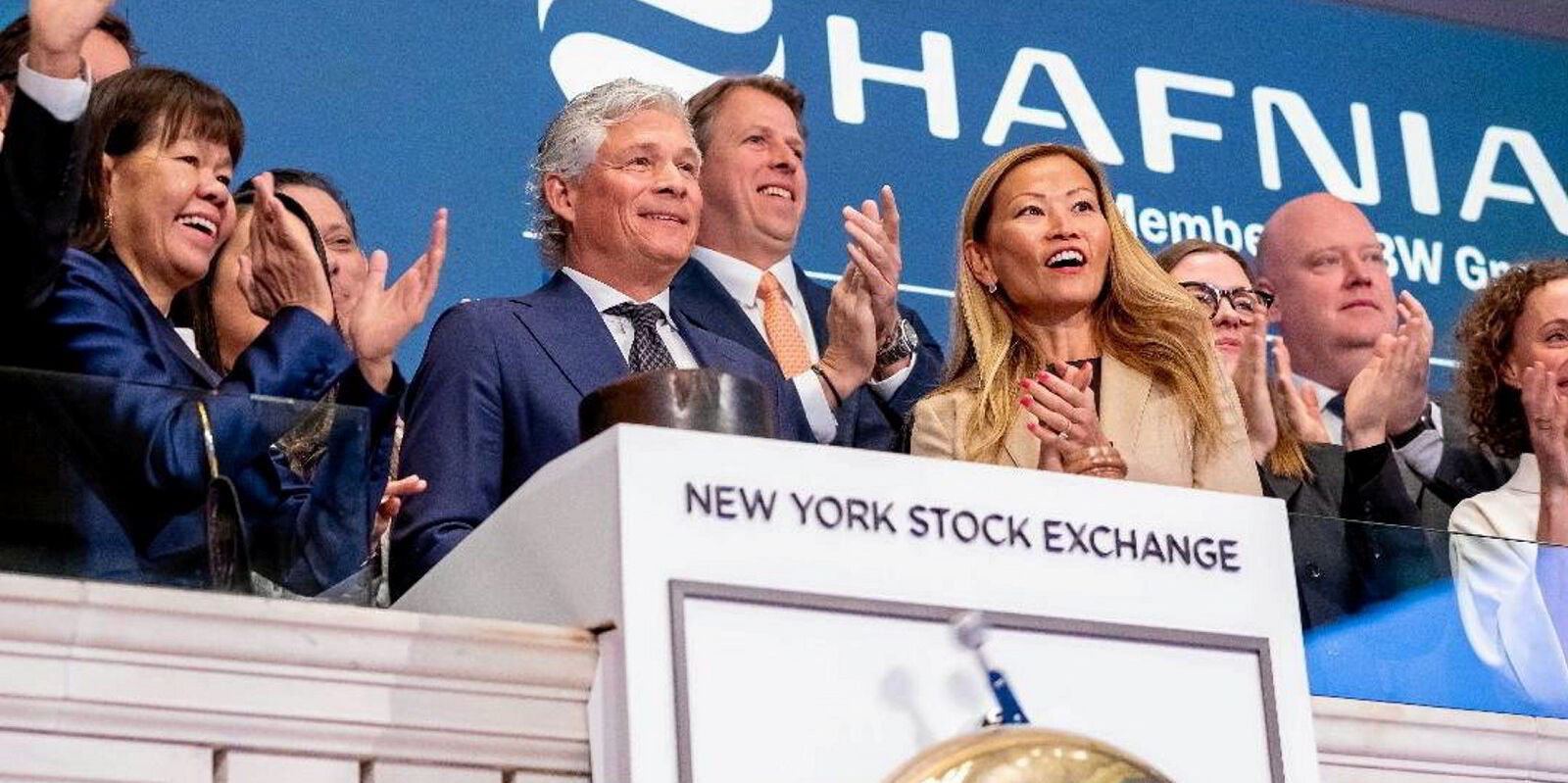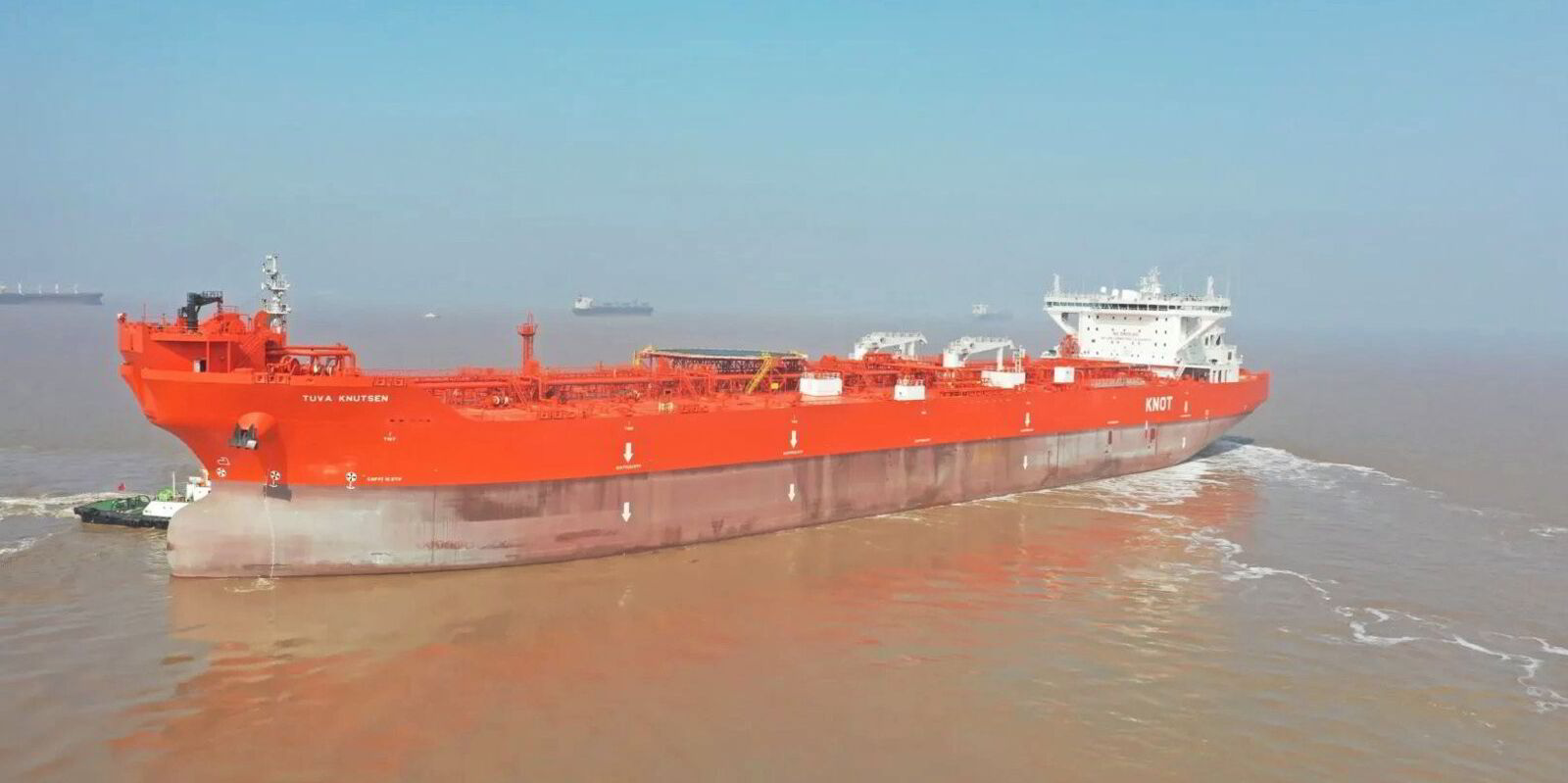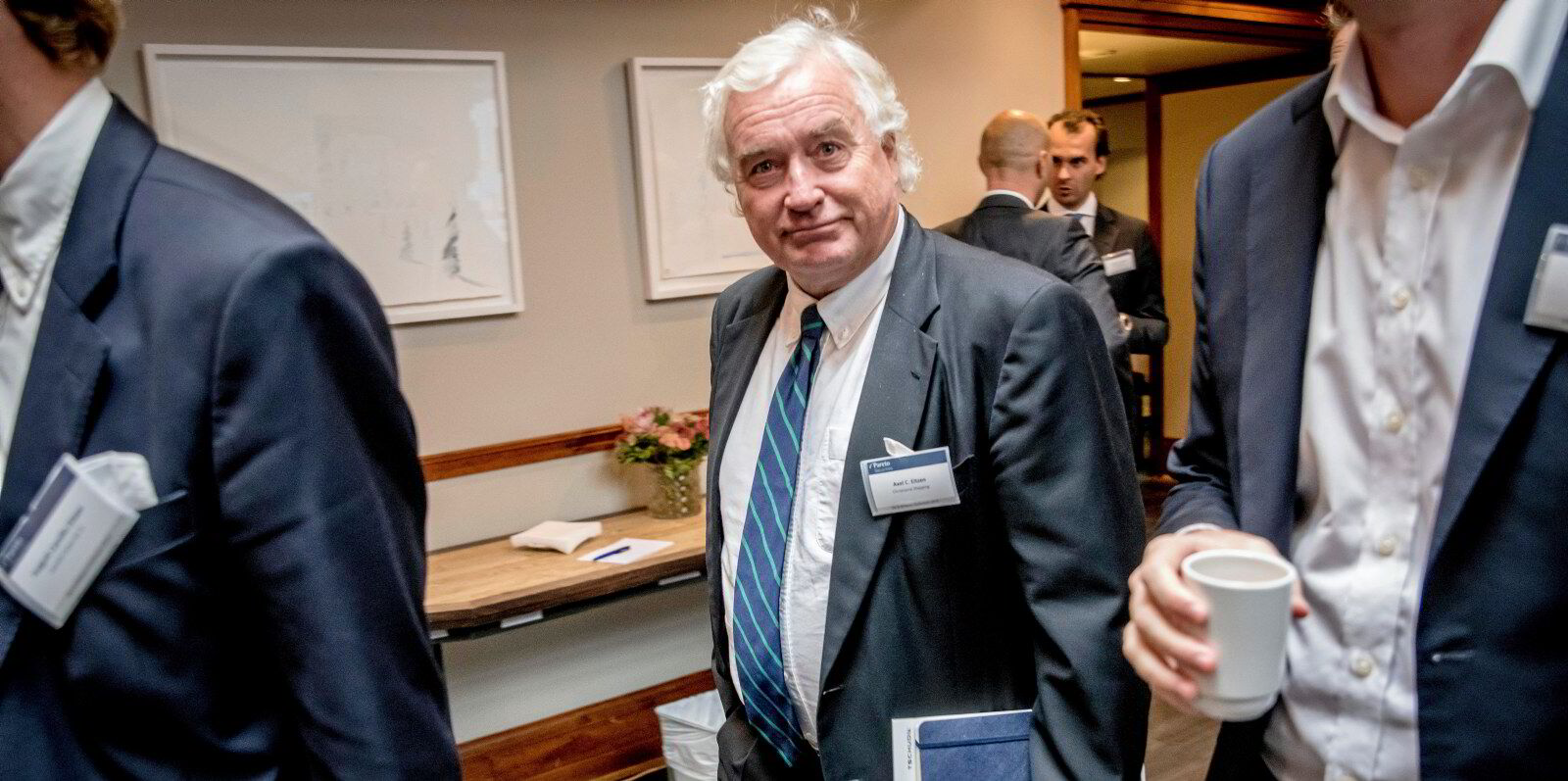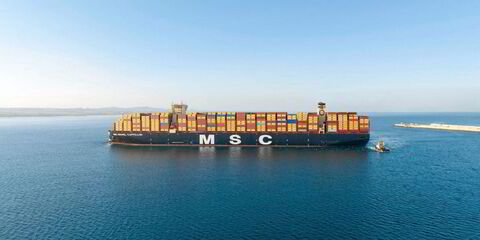South America’s second-smallest country is rising as an oil industry power, and that is increasing Guyana’s role in tanker markets.
Among the signs of its growing impact on crude tanker markets, the Baltic Exchange recently started an index tracking suezmax rates on the voyage from the country to the Amsterdam-Rotterdam-Antwerp region.
But bigger VLCCs are also getting in on the game during part of the year, as Stifel analyst Benjamin Nolan said in a note on tanker market seasonality.
“There is also a new season: VLCC season in Guyana,” he told clients. “The small South American country is quickly becoming a more important player in the global crude tanker market.”
He said Guyana is producing about 600,000 barrels per day of crude, accounting for 1.5% of seaborne crude volumes.
“From February through August much of those cargoes are shipped on VLCCs, but loading at the various FPSO [floating production storage and offloading] units are restricted to smaller vessels — typically suezmaxes from September through January — as a result of rough seas,” he said.
“Guyana’s production is anticipated to continue to grow in future years, causing increased weirdness in trading patterns.”
Last month, the Baltic Exchange’s Baltic Index Council agreed to launch a trial of a new TD27 route, which tracks ships carrying 130,000-tonne crude cargoes from Guyana to Rotterdam. It also began measuring time charter equivalent rates for the route.
New Baltic route
Those rates stood at the equivalent of $26,800 per day on Wednesday, only slightly higher than the level of $26,000 per day on its first day of trading on 1 August after recovering from a dip.
As crude tanker rates head from their seasonal summer low to what is typically a winter peak, shipowners and operators are looking to Guyana’s planned production increases to fuel upward momentum.
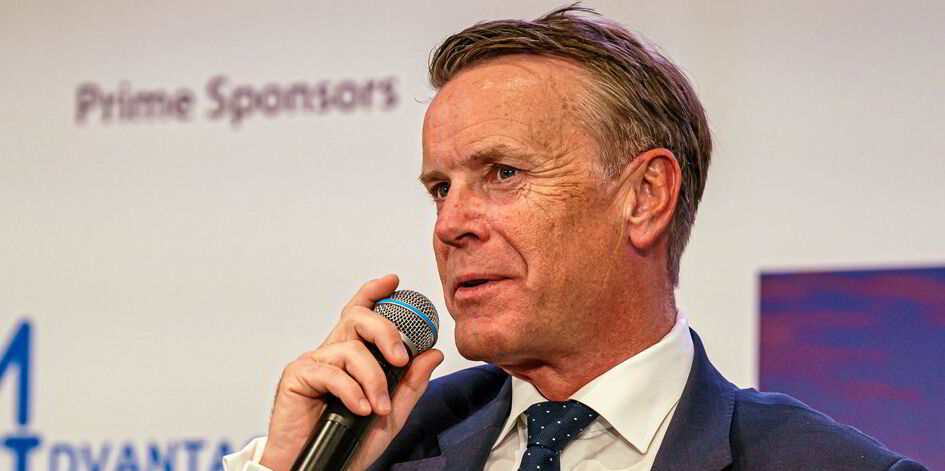
Lars Barstad, chief executive of John Fredriksen-controlled tanker owner Frontline, mentioned the country as a key factor in the tanker market’s outlook in a recent conference call with analysts.
“One thing to watch is, of course, production growth in Guyana, in Brazil and then in the US Gulf,” he said, when asked about potential positive and negative factors.
He noted that the US Gulf Coast, a far more established crude tanker export market, is not expected to grow much this year, although he added that forecasts of that market are consistently off the mark.
Bimco recently named the same three countries — Guyana, Brazil and the US — as the main drivers for expectations for 300,000 bpd of crude supply growth this year and 1.5m bpd in 2025.
And more growth could be ahead.
Upstream, a sister publication of TradeWinds that covers the oil and gas sector, has reported on ExxonMobil’s efforts to develop discoveries in Guyana’s waters.
It is considering the installation of an FPSO that would pump out 120,000 to 180,000 bpd of crude from its Hammerhead acreage on the Stabroek block.
And that is ExxonMobil’s seventh project on the block.
Upstream reported that the US company is producing 600,000 bpd in Guyana already, which is expected to double by 2027.
Rising in the ranks
With three FPSOs operating in waters off its shores, Guyana is the fifth-largest producer in South America, after Brazil, Venezuela, Colombia and Argentina.
A fourth FPSO planned for next year will see Guyana leapfrog all but Brazil to become the continent’s second-largest producer, despite having only 0.2% of South America’s population and 1.2% of its land.
But the newfound wealth has engendered the envy of neighbouring Venezuela, where President Nicolas Maduro disputes an 1899 border agreement and claims that roughly two-thirds of Guyana belongs to his country.
In the meantime, tanker operators are taking advantage of the growing trade.
Shipbroker Ifchor Galbraiths said in a report that 84% of Guyana’s exports since the beginning of 2020 have been on suezmax tankers, but VLCCs’ share of the trade is growing.
In the first seven months of 2024, VLCCs accounted for more than one-quarter of the crude cargo liftings.
“There remains a logistical limit to the extent that VLCCs can cannibalise this business from their smaller cousins, with the larger vessels unable to lift from the Guyanese FPSOs during winter months due to period of adverse currents,” the shipbroker said.
Data from pool operator Tankers International shows that BP, Shell, Zodiac Maritime and Sinokor Merchant Marine all scored Guyana-to-Europe fixtures for VLCCs in the summer. Those ships were chartered by Equinor, ExxonMobil and TotalEnergies.
As production is expected to grow to 1.3m bpd in 2027, Ifchor Galbraiths expects demand for suezmaxes and VLCCs to rise.
The broking house believes those additional barrels could require 26 additional suezmaxes to move the cargoes to Europe, the primary destination for Guyana’s exports.
Longer distances help more
“With some barrels heading further afield, either directly, or indirectly via the Transisthmian Pipeline, the potential impact on vessel demand could be greater still,” it said, referring to the pipeline across Panama.
“The growth in supply from a single country can therefore go a significant way to absorbing some of the scheduled deliveries over the 2025 to 2027 time frame and help keep freight comparatively elevated.”
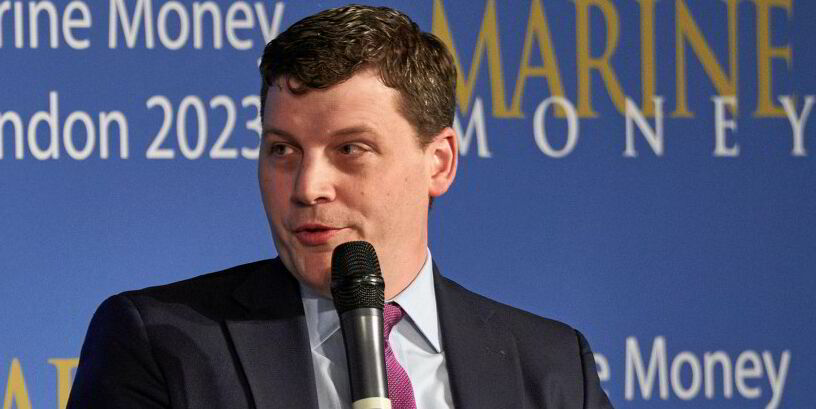
Nolan told TradeWinds that the growth in absolute barrels is helpful to the tanker market, but what is “really interesting” is the seasonal swings in demand from suezmaxes to VLCCs and then back again.
Guyana is not the only small South American country looking to boost its profile on the global oil stage.
Is Suriname next?
Suriname, its neighbour to the east, has encountered significant offshore discoveries, which Ifchor Galbraiths said could create the potential for export growth in the long term.
“With an estimated 2.4bn barrels of recoverable oil reserves, whilst it remains early days for Suriname production growth, there remain significant possibilities over the coming decades for further growth and therefore additional tanker demand,” the broker said.
Upstream reporter Fabio Palmigiani contributed to this story
Read more
- Brookfield’s Altera Shuttle Tankers delivers stronger than expected profits surge
- US says it is disrupting and degrading Houthi threat. ‘We’re going to keep after it’
- KNOT Offshore scores bigger, newer shuttle tanker in swap with parent
- Eitzen Group strengthens chemical tanker position with 13-ship M&A deal
